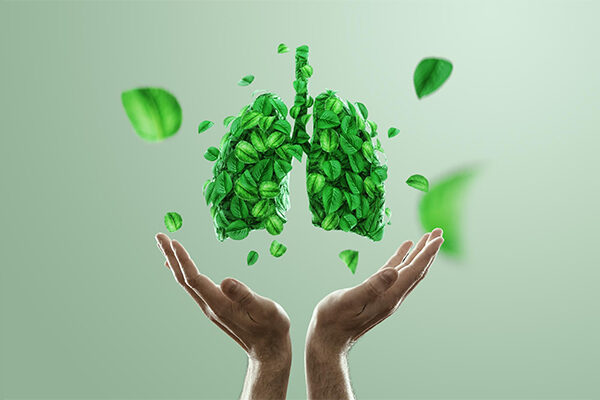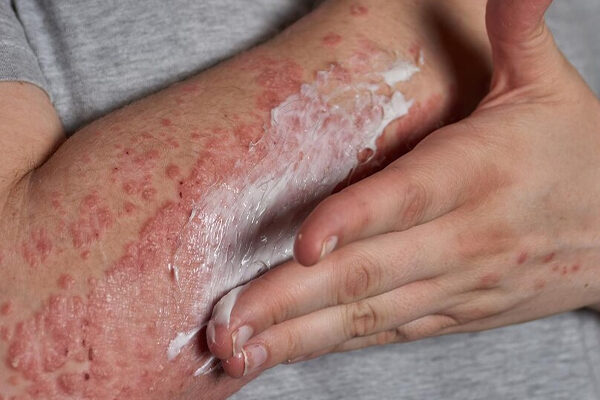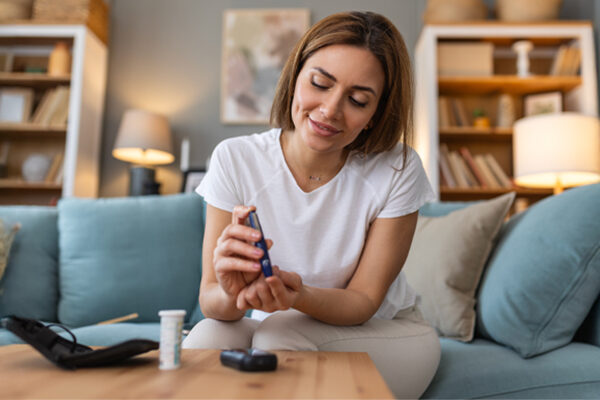Updated on June 26, 2025

On World Vitiligo Day 2025, we take a collective stand to raise awareness, offer support, and drive research for millions affected by vitiligo, a long-term skin condition that causes loss of pigmentation. Observed every year on June 25th, this global event is more than just a date on the calendar; it is a celebration of resilience, a commitment to progress, and a call for unity.
This year’s World Vitiligo Awareness Day 2025 shines a spotlight on new treatments, early interventions, and empowering patients to live confidently. Whether you are newly diagnosed, supporting a loved one, or part of the medical community, World Vitiligo Day 2025 is your moment to be involved.
Let’s explore the symptoms, causes, treatments, and real-life experiences surrounding vitiligo. Discover how current research, including vitiligo clinical trials, is offering renewed hope and breakthroughs in treatment.
Understanding Vitiligo: A Quick Overview
Vitiligo is an autoimmune skin disorder characterized by the loss of melanin, the pigment that gives skin its color. While it can appear at any age, it most commonly begins before the age of 30.
Global Prevalence of Vitiligo
Vitiligo affects approximately 1% to 2% of the global population, around 70 million people worldwide. According to the World Health Organization, its prevalence is evenly distributed across genders and ethnic groups, although it may be more visible in individuals with darker skin.
In the U.S. alone, over 2 million people are living with vitiligo, while awareness and treatment access remain disproportionately low in developing nations. This is why events like World Vitiligo Awareness Day 2025 play a crucial role in demystifying the condition and promoting inclusive skin health policies.
Despite not being contagious or life-threatening, vitiligo can take a severe toll on a person’s mental and emotional health. Therefore, understanding the causes, symptoms, and treatment options becomes a necessary step toward acceptance and empowerment.
Vitiligo’s Roots: Exploring Its Underlying Causes
| Cause | Description |
|---|---|
| Autoimmune Response | The immune system attacks melanocytes, the cells responsible for producing pigment. |
| Genetic Factors | Family history can increase the likelihood of developing vitiligo. |
| Oxidative Stress | Imbalance between antioxidants and free radicals may damage melanocytes. |
| Environmental Triggers | Sunburn, skin trauma, and exposure to certain chemicals may initiate or worsen the condition. |
| Neurogenic Hypothesis | Involves interaction between nerve endings and melanocytes leading to pigment loss. |
Recognizing the Symptoms of Vitiligo
| Symptom | Details |
|---|---|
| White patches on the skin | Most common sign, often symmetrical. |
| Premature graying of hair | It occurs on the scalp, eyebrows, or beard. |
| Color loss in mucous membranes | Including the inside of the mouth or nose. |
| Discoloration around body openings | Such as the eyes, navel, and genitals. |
| Eye abnormalities | In rare cases, pigmentation changes in the retina. Potential Treatment Options for Hypertension |
If you notice any of these signs, especially persistent white patches, consult a dermatologist. Early diagnosis can lead to more effective intervention.
Vitiligo Treatment Options
| Treatment | Purpose & Notes |
|---|---|
| Topical corticosteroids | Reduce inflammation and slow pigment loss. |
| Calcineurin inhibitors | Especially effective in delicate skin areas. |
| Phototherapy (Narrowband UVB) | Stimulates melanocytes to repigment skin. |
| Skin grafting | Surgical option for stable vitiligo. |
| Depigmentation | For extensive cases it unifies skin tone. |
| Vitiligo clinical trial participation | Offers access to advanced therapies in research stages. |
As part of World Vitiligo Day 2025, institutions around the world are actively recruiting participants for vitiligo clinical trials to explore innovative therapies such as JAK inhibitors, gene therapy, and pigment cell transplantation.
Management Strategies for Daily Living
Living with vitiligo involves more than medical treatment. Self-care, emotional resilience, and community support are vital.
- Sun Protection: Use broad-spectrum sunscreen to protect depigmented areas.
- Cosmetic Camouflage: Specialized makeup can even help skin tone.
- Counseling & Therapy: Emotional support is crucial for self-esteem and anxiety management.
- Diet & Lifestyle: While not a cure, a balanced diet with antioxidants may support skin health.
- Support Groups: Connect with communities online or locally for shared experiences.
As World Vitiligo Awareness Day 2025 reminds us, acceptance starts from within, but support systems can make a world of difference.
Why World Vitiligo Day 2025 Matters
The impact of World Vitiligo Day 2025 goes beyond awareness. It emphasizes:
- Education on skin diversity and condition acceptance
- Advocacy for inclusive healthcare systems
- Empowerment through access to new treatment options
- Collaboration between researchers, patients, and healthcare providers
On World Vitiligo Awareness Day 2025, healthcare organizations globally are organizing events, webinars, free skin screenings, and fundraisers to support research and outreach.
How You Can Participate in World Vitiligo Awareness Day 2025
- Attend virtual or local awareness events
- Share stories and educational posts on social media
- Donate to research institutions
- Volunteer for clinical trials
- Support someone you know living with vitiligo
Every voice counts. When we come together, we help break stigma and foster inclusivity in healthcare.
Conclusion: Celebrating Every Shade on World Vitiligo Day 2025
As we mark World Vitiligo Day 2025, let us not only recognize the science behind this skin condition but also embrace the stories, strength, and spirit of those living with it. With each shared story and scientific breakthrough, we move closer to a future of comprehensive care and societal acceptance.
Celebrate World Vitiligo Awareness Day 2025 by standing in solidarity, advocating for change, and embracing beauty in all its forms. Whether through education, research, or community support, your role is essential in this movement.





